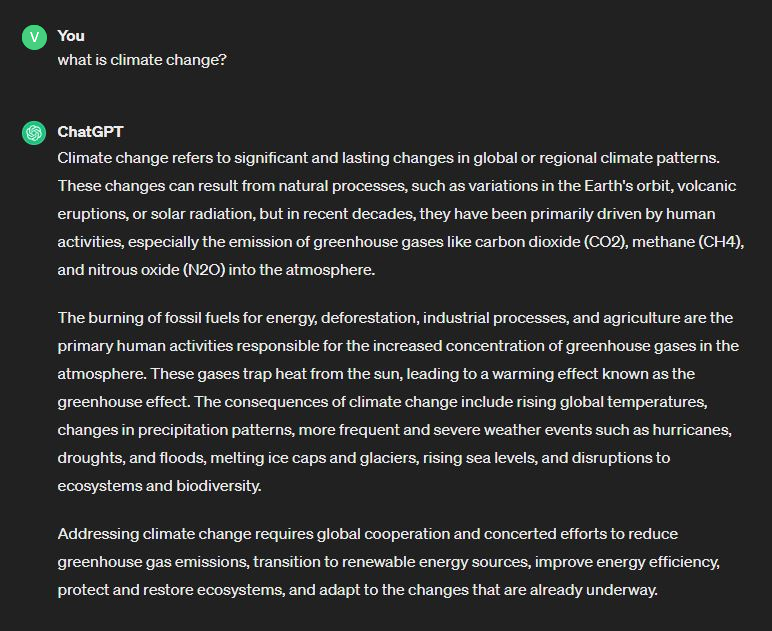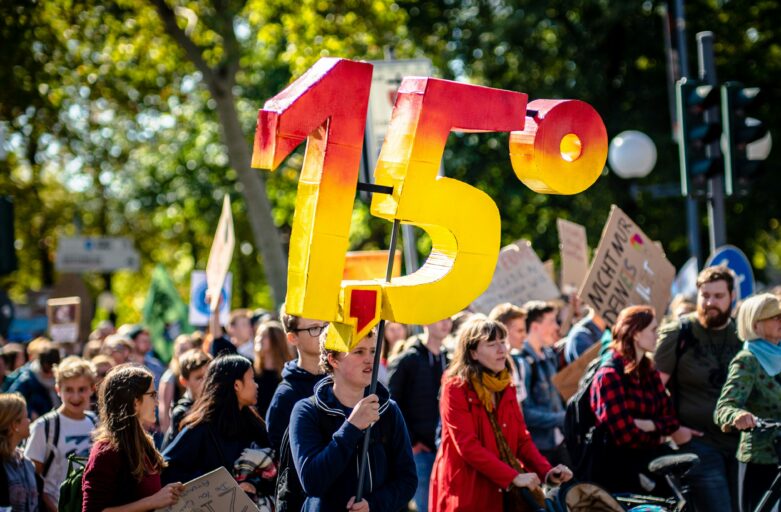It’s been several years now that I’ve been on the path of caring about the planet and being conscious of the environmental impact of my behaviors. As I became more familiar with the space, transitioning from a novice to one who is more informed, through the climate change communication I consumed, I discovered that the field of climate change is like the Hydra from Hercules’s second labor – once you’ve gotten a handle on one issue, two more issues rear their daunting heads. However, I’ve also found an analogous experience in my learning – one rabbit hole of juicy knowledge leads to another and another. Luckily, despite the doom and gloom that often clouds climate change discourse, the Hydra of science and innovative solutions can (and will!) overpower the Hydra of climate change problems.
Though I’ve taken a long absence from my sustainability content endeavors (please, no need to peep the date of my last posting), I am still continuing my journey of learning about and wanting to share with others information about environmental sustainability. I am eager to share all of the things I’ve learned, in due time (and with work-in-progress consistency). But with the wealth of knowledge I’ve gained, I sometimes get tripped up because I don’t know where to start.
It hadn’t occurred to me…
One day, a friend of mine sent me a link to an article talking about “slow fashion” asking if I’ve heard about it. And having been entrenched in the sustainability sphere, I did know about “slow fashion” and all the ways it’s so much better than “fast fashion,” both environmentally and economically. In truth, for me, it was old news, something I even assumed was already ubiquitous knowledge. But obviously it wasn’t. What about you? Did you know before reading this that fashion could be referred to as “slow” or “fast?”
It caused me to take a step back. The intended audience for my content was not amongst people within the sphere but those just outside of it. I want to meet my audience where they are, not where I am. By continuing my learning journey, while at the same time pausing my content creation, I had gotten ahead of myself, ahead of my objective as a climate change educator. I needed a level set.
“Let’s start at the very beginning, a very good place to start.”
Raise your hand if you can define climate change.
What exactly is climate change? First let’s ask the latest go-to expert of our time: ChatGPT.
Here’s what it spit out:

This is a very good baseline, but this leads me to two questions: how many people have this baseline understanding? And is this the whole picture or are some aspects missing?
For fun, I asked a set of about 10 of my peers to see how they would describe climate change. Practically all of them cited “warming temperature” and “changes in weather patterns” as climate change indicators. A few even noted that human activity is responsible for accelerating these changes. So far, we’re on par with the AI chatbot.
But how does that compare with America’s general public?
Now let’s count those hands
A 2010 study from Yale found that “only 1 in 10 say that they are “very well informed” about climate change, and 75 percent say they would like to know more.” This same study also found that:

These aren’t exactly passing marks, but that was over a decade ago. A more recent poll by the Washington Post and Kaiser Family Foundation highlights the fact that, though they generally accept climate change as an issue, many Americans are confused about what are the main contributors. Almost 2/3 of respondents believed that vehicle emissions are a major contributor which is correct. But simultaneously, 43% believed that plastic bottles / bags are a major contributor which isn’t accurate (a problem, to be sure, but not a major contributor).
A Knowledge Gap
In actuality, scientists have understood climate change for nearly a century now, since Swedish scientist Svante Arrhenius developed the first theory of global warming. They’ve been working with the same picture all this time. Any new science that comes out is simply better resolution of that picture and better prediction of what that picture will look like in the future (or more accurately, the many different future pictures depending on the level of action we take).
So why is it that the concept of climate change doesn’t have a common understanding among the general public? There are probably many reasons for this. For one thing, scientists are good at science, not necessarily communications and marketing. I also think that climate topics have been heavily politicized, especially in America, which tends to turn people off.
Though the baseline ChatGPT response was good, I do feel that some details are missing, details that would provide more context and possible spur some connection on the personal and individual level. Details such as:
- What exactly are the main contributors?
- What does the “1.5 °C threshold” mean?
- Where do we stand in reference to that threshold?
- How long does carbon stay in the atmosphere and how best do we remove it?
- What can we do to stop or reverse it?
The challenge in climate change communication
For me, this is the challenge when it comes to getting the right messages across.
Climate change is complex. If you elaborate too much on the complexity, people get bored or overwhelmed and stop listening. But if you simplify it too much, people are less informed and aren’t empowered on how to proceed.
Good climate change communication finds a balance between complexity and simplicity.
That being said, given all that I’ve learned thus far about climate change, here would be my best attempt at a balanced definition of the term.
Many human activities release large amounts of greenhouse gases, mainly carbon dioxide (CO2), methane (CH4), and nitrous oxide (N2O), into the atmosphere. The biggest source of these gases is energy production and use in transportation, electricity and heat, buildings, manufacturing and construction. These gases produce the greenhouse effect: by remaining in the atmosphere, they create something like a blanket that warms the earth. CO2 can stay in the atmosphere for 300-1000+ years. CH4 only stays in the atmosphere for about 12 years but traps 83x more heat than CO2.
A certain amount of warming is good and necessary, but too much warming causes disturbance or change in natural climate patterns. This leads to more extreme weather events, rising sea levels affecting coastal populations, and disruptions to ecosystems and biodiversity, which in turn, affects food security and human health.
The threshold of 1.5 is the benchmark that says by the year 2100, the global average temperature should not exceed 1.5 °C warmer than the pre-industrial level average temperature. The current global average is around 1.1, though during several months in 2023, certain regions breached the 1.5 threshold already. Though we will still see drastic and irreversible changes even before that threshold, many of deadliest effects will be avoided if we stay within it.
Addressing climate change requires both institutional and individual concerted efforts to reduce greenhouse gas emissions, transition to renewable energy sources, improve energy efficiency, protect and restore ecosystems, reduce pollution, and adapt to the environmental changes that have already begun. This boils down to consuming less, wasting less, and renewing more.
Good climate communication finds a balance between complexity and simplicity.
To be honest, I’m not really sure if this is truly balanced between complex and simplified. Even reading it back to myself, there are several points that I would love to elaborate on but that would edge away from simplicity. At the very least, it includes what I believe to be critical information in a way that’s more concise.
But feel free to comment how you would update your best understanding of climate change. I will continue to find that balance as I put forth more climate communication content so please stay tuned. And in the meantime, talk to your family in friends. Do they know the important pillars of what makes up climate change? Or do your circles also lack consensus? Figure out ways you can change that!

